Epic Film Scans
One of the reason B&W prints in the darkroom are so compelling is that it is possible to transfer nearly all of the micro-details on the negative to paper.
The usefulness of color reversal film is entirely dependent on the qualify of the scan. A consumer-grade scanner benefits from a larger negative, but for 35mm and 645 I find that a 24MP digital camera is competitive with a consumer-grade flatbed scanner.
For work to be printed we need to do better. I recently sent out a 645 transparency to James Beck Digital and the results were astonishing.
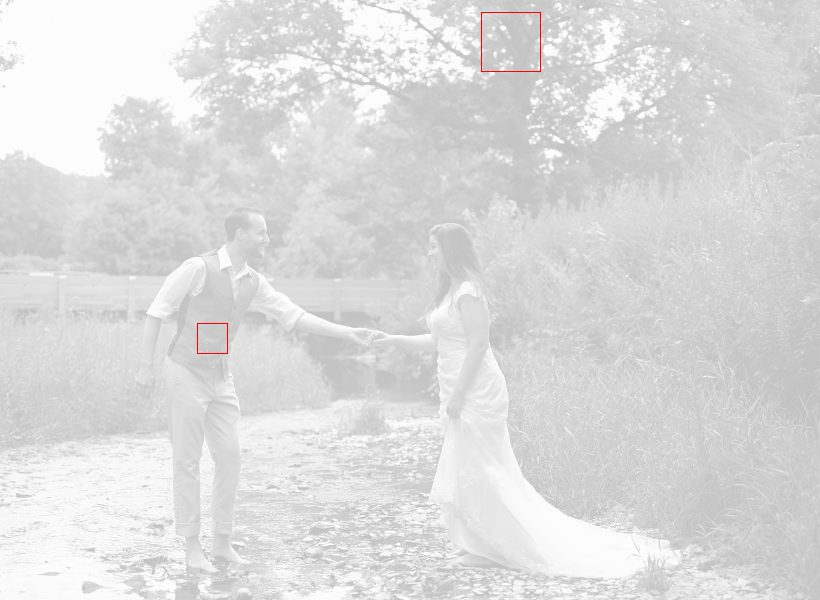 Selection area from Provia 100F transparency (Mamiya 645 Pro, with 80mm lens
at f/4)
Selection area from Provia 100F transparency (Mamiya 645 Pro, with 80mm lens
at f/4)
Detail Comparison
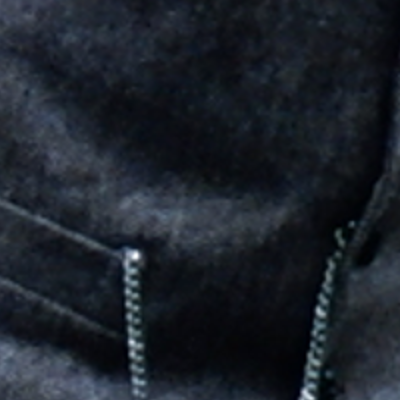
Fuji XA-3 with 16mm macro adapter (scaled up) |
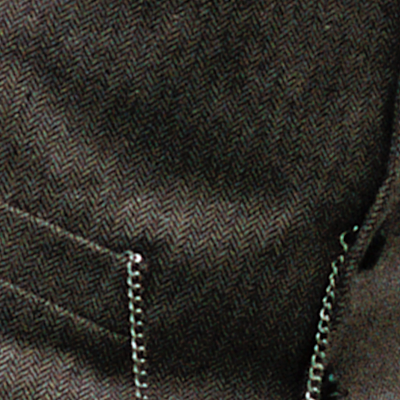
4800ppi drum scan at 100% |
When I scale back the digital camera scan to the smallest visible detail I end up with an image that is 3360x2460 or 8.3MP of real usable detail. After cropping, the 4800ppi Independent Separation drum scan gave me a meaningful image size of 10528x7708, or nearly ten times the detail!
Dynamic Range
From the close-up comparison it is already apparent that the color accuracy of a drum scan are a massive improvement, but details visible in the shadows is also surprising.
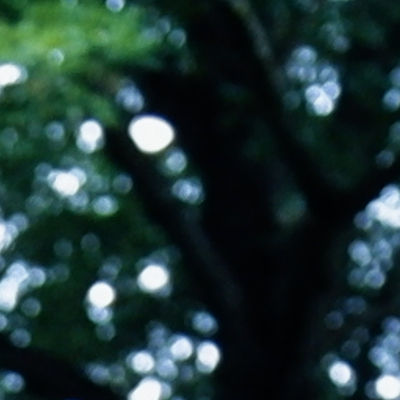
Fuji XA-3 with 16mm macro adapter |
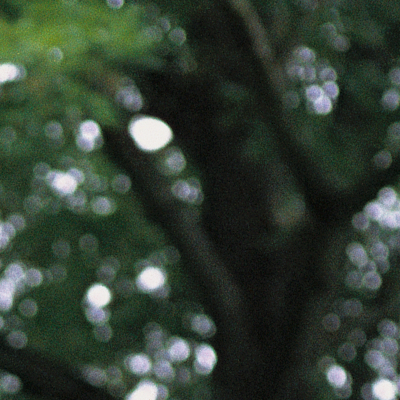
4800ppi drum scan at 50% |
Keep in mind that the first scan is a composite of three separate images that I took by bracketing the exposure—and it still can't compete.
This comparison also shows the level of color detail Fuji Provia 100F is able to maintain in the shadows.
Conclusion
Film photography is not convenient, but it has a life about it. Most of us succeed at capturing memorable photographs only a fraction of the time—but when you do, take your hard work and get a proper scan!
While it may cost more to get a high-resolution scan, it's not worth doing scans less than 2400ppi since most of the effort is prep work.